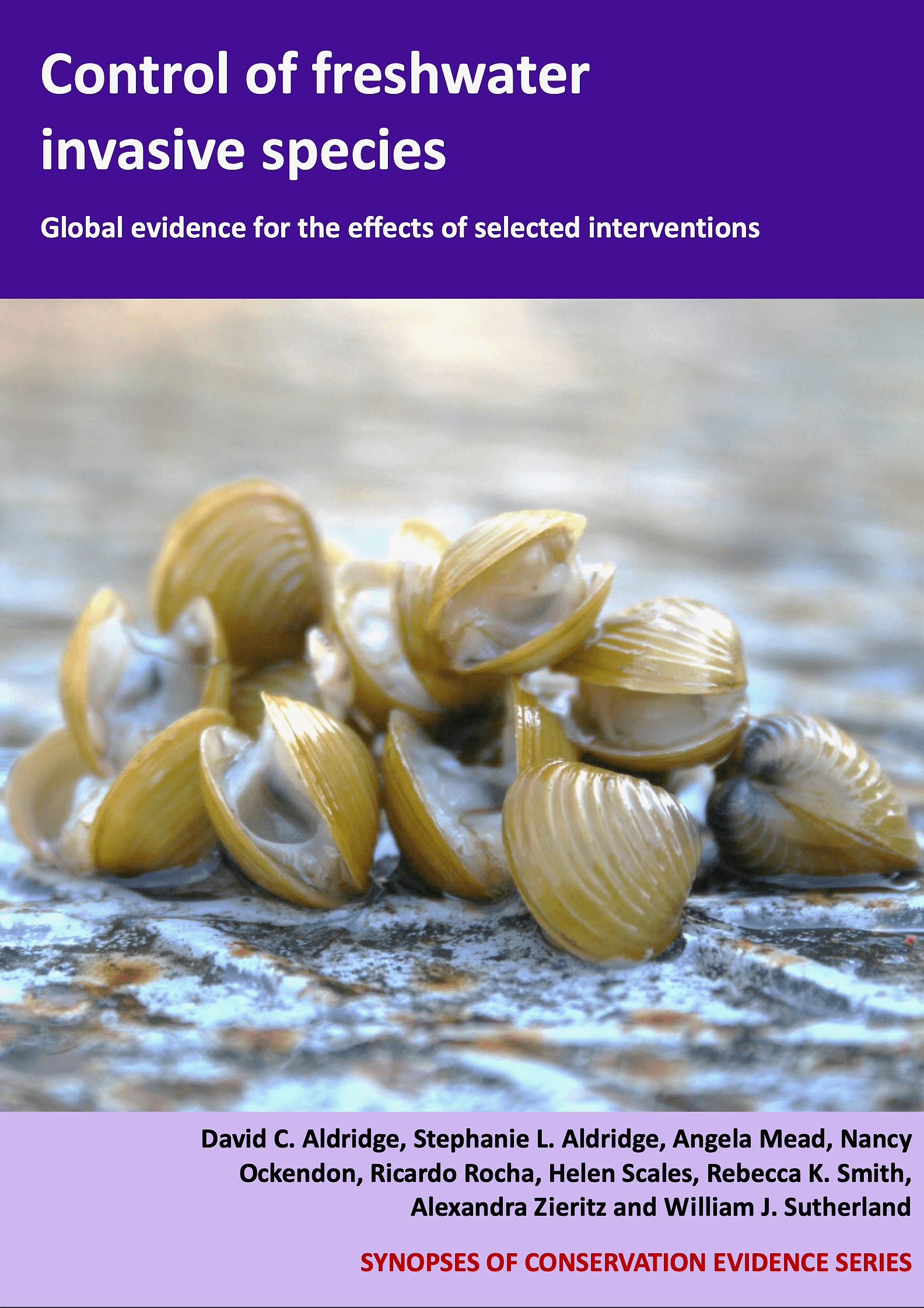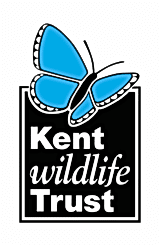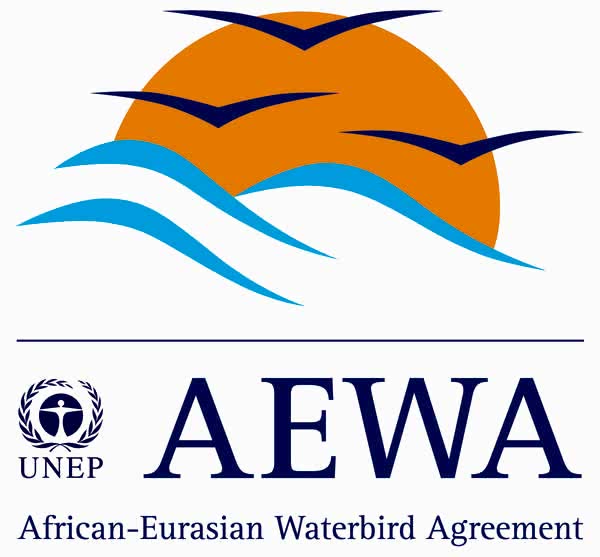Crassula helmsii: Use salt water to kill plants
Overall effectiveness category Likely to be beneficial
Number of studies: 3
View assessment score
Hide assessment score
How is the evidence assessed?
Effectiveness
80%Certainty
45%Harms
not assessed
Study locations
Supporting evidence from individual studies
A replicated, controlled container trial and a small, replicated, before-and-after field trial in 2006–2009 at a grazing marsh in Essex, UK (Charlton et al. 2010) reported that flooding with seawater eradicated C. helmsii, although no statistical tests were carried out. In the container trial, C. helmsii turfs grown in seawater were described as ‘appeared to be dead’ after five months, but those in freshwater and brackish water were still growing. In the field trial no C. helmsii was observed at the end of the seawater flooding period nor 9-11 months after seawater was drained. In the container trials, 15 x 15 cm C. helmsii turfs were placed in 15 l containers and checked every 6-7 days. Four were covered with brackish water (2,000 μS electrical conductance), four with seawater (30,000 μS) and four with freshwater. Field trials were carried out at two sites reported as having ‘abundant and widespread’ C. helmsii. An 8 ha field and a 120 ha field were flooded with seawater to 5 cm above the usual winter water level from April 2006-January 2007 and January-December 2009 respectively. C. helmsii was surveyed between August 2007 and August 2010.
Study and other actions testedA replicated, controlled study in containers in 2011 in Dorset, UK (Dean et al. 2013) found that increased water salinity led to decreased growth rate in C. helmsii. C. helmsii growth rates were highest in the freshwater control (0.05 g/day), and declined as the salinity of the water increased (0.015 g/day in 2 parts per thousand, 0.005 g/day in 4 ppt and a loss of 0.010 g/day in 8 ppt). After 31 days C. helmsii in the 8 ppt salinity treatment had died. Nutrient concentration did not affect growth rate. Ten gram samples of C. helmsii were grown outdoors in 5 l plastic containers in September-October and sampled after 31 days. Three salinities and a freshwater control were tested at three different nutrient concentrations, and each treatment combination was replicated four times.
Study and other actions testedA before-and-after trial in a coastal grazing marsh in Hampshire, UK (EPPO 2014) reported that inundation with salt water nearly eradicated C. helmsii, although no statistical tests were carried out. One year after the seawater treatment, 99% of C. helmsii had been killed. The plant only remained in places not reached by the seawater. Two years after the treatment the salt level had reduced to 2 ppt, but the original flora had not returned. The site was flooded with seawater in July 2008 and then naturally filled with rainwater in autumn 2008. C. helmsii cover was assessed in 2009. No details about the depth of flooding or size of site were provided.
Study and other actions tested
Where has this evidence come from?
List of journals searched by synopsis
All the journals searched for all synopses
This Action forms part of the Action Synopsis:
Control of Freshwater Invasive Species
Control of Freshwater Invasive Species - Published 2017
Control of Freshwater Invasive Species Synopsis




















